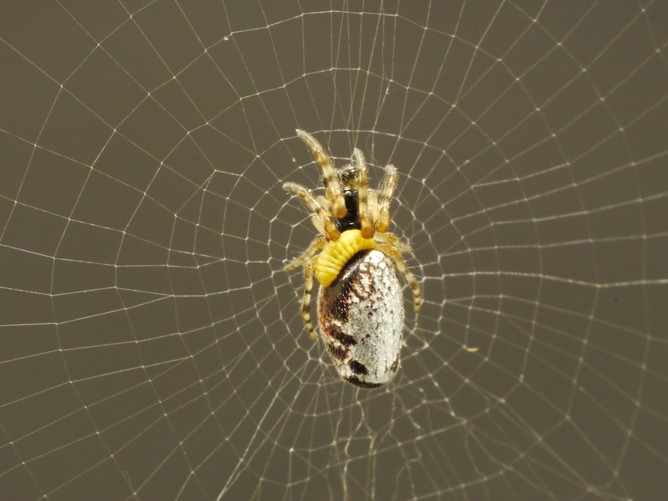Japanese scientists have discovered a certain wasp that transforms its spider victims into workaholic zombies. Researchers found that the wasp lays its egg on the back of the spider where it can control its behavior by making the spider a slave, providing a comfy cocoon for the new wasp offspring.
The spider turns into a nursery of sorts for the parasitic baby wasp where the offspring will suck the blood and guts from the spider's body by the growing larva, leading to the spider's ultimate death.
According to Andy Austin of Adelaide University's Australian Center for Evolutionary Biology and Biodiversity, this setup is like the Alien movies but based on a miniature scale. Austin and researchers from Kobe University conducted this new study where it suggests that host manipulation observed in biological circles is a common behavior in parasitic wasps.
Austin reveals that this is the wasps' modus operandi where normally, the spider retreats and hides itself during its molting phase where it is vulnerable. However, when the wasp lays its eggs on the spider, the spider will retreat and hide whenever the wasp wants, not during the spider's molting stage.
This particular study observed how the Reclinervellus nielseni wasp abused the Cyclosa argenteoalba spider where the parasite wasp had control over its mind and body to make themselves a nursery for the wasp where the larva will also feed on the spider itself.
This wasp is native to Australia where it injects the spider with its venom before it lays an egg that will rest on the back of the spider's body. When the egg hatches, the larvae will now proceed doing some parasitic work where it possesses teeth like structures, puncturing and latching on the host's body to slowly suck out the spider's blood and organs as it grows.
Austin also says is that it is still unknown whether the larvae is injecting venom into the spider or the female wasp doing it or both of them that allows this sort of manipulation of the spider. This study is published on The Journal of Experimental Biology.



























